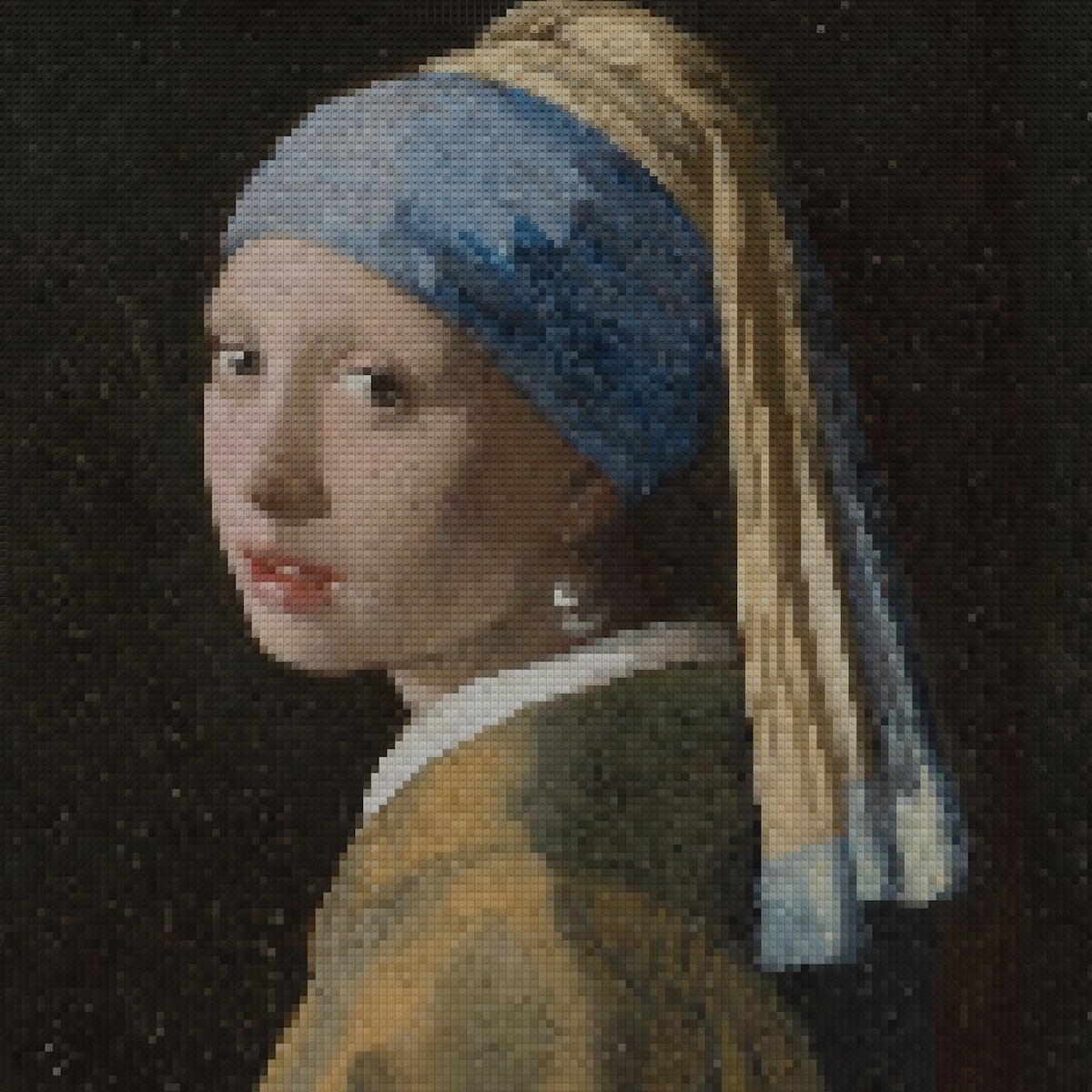Physical Address
304 North Cardinal St.
Dorchester Center, MA 02124


This blog post originally appeared as part of the Pearson Higher Nationals Blog, on their HN Global platform.Those original websites have now been retired. The text provided here does not include images that were included on the website.
In the Rijksmuseum, Amsterdam, there are a great many impressive works of art; ranging from the medieval to the modern. Some, like Rembrandt’s “The Night Watch” (1642) are of a scale that makes an impression both in size and mastery of technique. Others, like Gerrit Rietveld’s early prototype for the “Zig Zag Chair” (1934) are special because it reveals (in its exposed screws and joints) the underlying thinking behind an iconic piece of modern furniture.
But on a recent visit, the work that captured my attention more than any other is a small street scene by the enigmatic Dutch painter Johannes Vermeer. This is an artist whose presence looms large, despite the fact that there are only about 30 paintings that are confidently ascribed to the artist. Most will know of his work through the popularity of a very small number of his works. “The Girl with the Pearl Earring” (c. 1665) or the “The Milkmaid” (c. 1660) are often cited as the pinnacle of Northern European renaissance painting; with their mastery of light and mood.
There is little doubt that Vermeer’s paintings are of a unique character. His works are often enigmatic and filled with apparent subtexts. Scholars can rhapsodise on the meaning of each pose, musical instrument, or gesture, to inform us of what is “actually” being suggested. I have no doubt of the veracity of these scholarly opinions, but sometimes it is too easy to lose sight of the beauty if we concentrate on trying to ‘read into’ the painting.
“The Little Street” (c. 1558) is a different sort of work by Vermeer. One of only two exterior views that he is known to have painted, it is also a different sort of subject. Most of his works show interiors that are either redolent of the sumptuousness of the middle and upper class, or they show the simple life of a servant. Even when revealing a quiet moment in the daily life of a servant, there is a sense of quiet and nobility. But, “The Little Street” has none of this. It is a snapshot of the working life of Delft, told through its alleys and darkened doorways. It is mundane. And, it is utterly beautiful because of it.
As we see a woman mending a garment, sitting near the door (no doubt because there is better light), we sense the strain in her back as she stoops over her work. It is her posture that allows us to sense the age of the woman and the resigned nature of her disposition. The contrast between her white apron and the darkness of the interior brings her work into greater focus. Elsewhere, down the alley, we see another woman at a washtub; her broom propped against the wall. Again, the simple presence of the broom reveals the fact that she has just been sweeping and has now moved to her next chore.
On the pavement, two children play. Are they the children or grandchildren of one of the women? Their intense focus on the game mirrors the focus of the two older women. Both adults and children are engaged in the activity of their daily lives.
The presentation of the facades, alleys and rooflines of Delft are as expressive as the people. These are buildings ‘at work’. They have no pretence or grandeur. Rather, they have exposed muscle and sinew; in their rough bricks and uneven mortar. The dark windows of the houses reveal nothing of the lives within, because the lives within are as ‘everyday’ as women at work or the children at play.
Even the way that the picture is composed, reveals the workmanlike nature of the subject. The right edge of the picture simply cuts off; with no attempt to ‘frame’ the scene with any sense of completeness. In our modern lives we might imagine this is a view from a passing bus – a momentary view with no control over what is seen or how it is constructed. All of this adds to the unique character of the painting and reinforces the ‘un-common commonness’ of what Vermeer has captured.
Beauty is too often measured in those things that are big, bold, brash and opulent. When we think of ‘Great Masters’ paintings we tend to recall the religious and courtly art of the Italians or the grand canvases of Rembrandt – in effect, paintings about people and activities that are outside of the ordinary. Vermeer’s “The Little Street” we have the opportunity to see the beauty and quiet strength of the ordinary – without a grand theme – without an allegorical meaning – without martial bombast. Simply, a small scene in which we can see ‘life.’